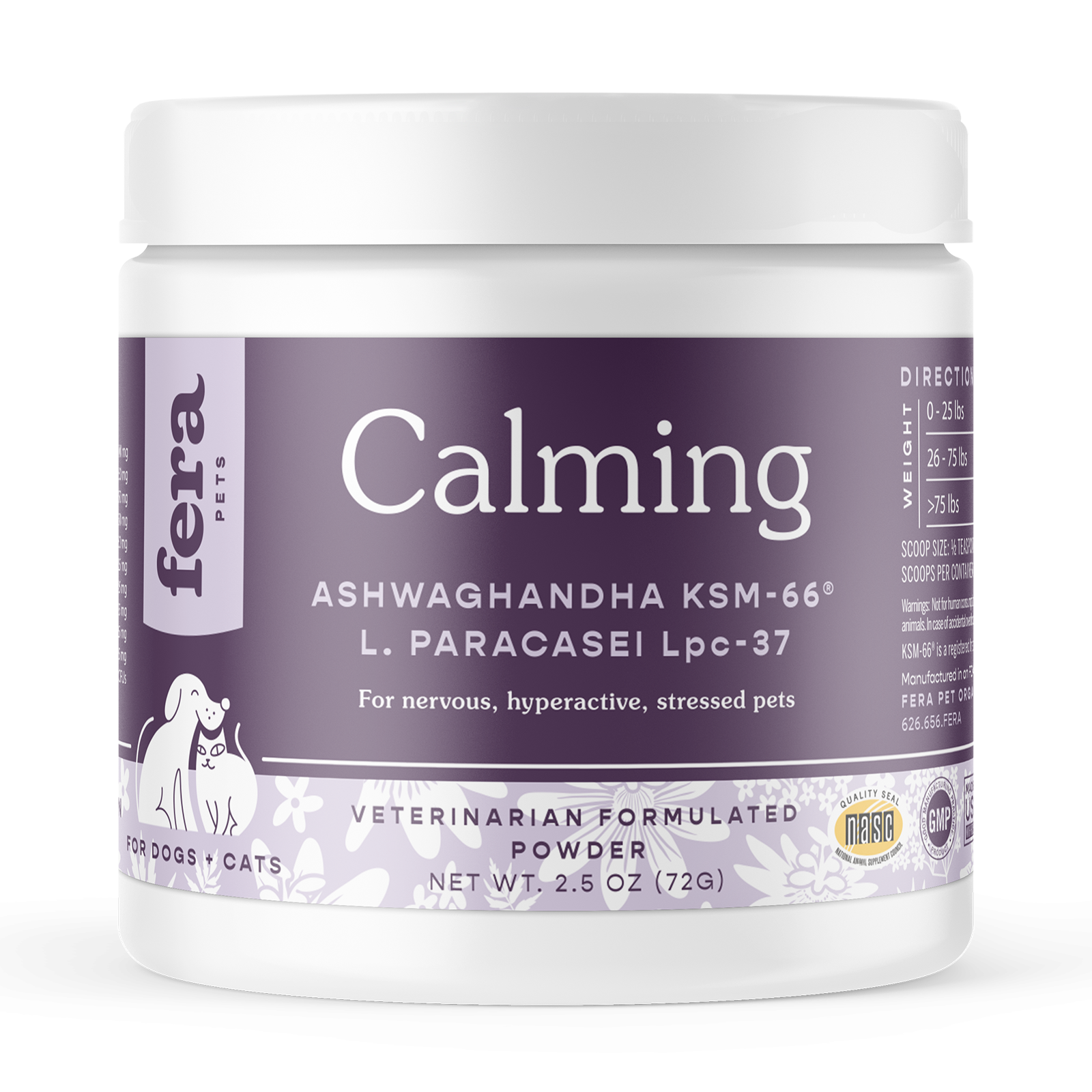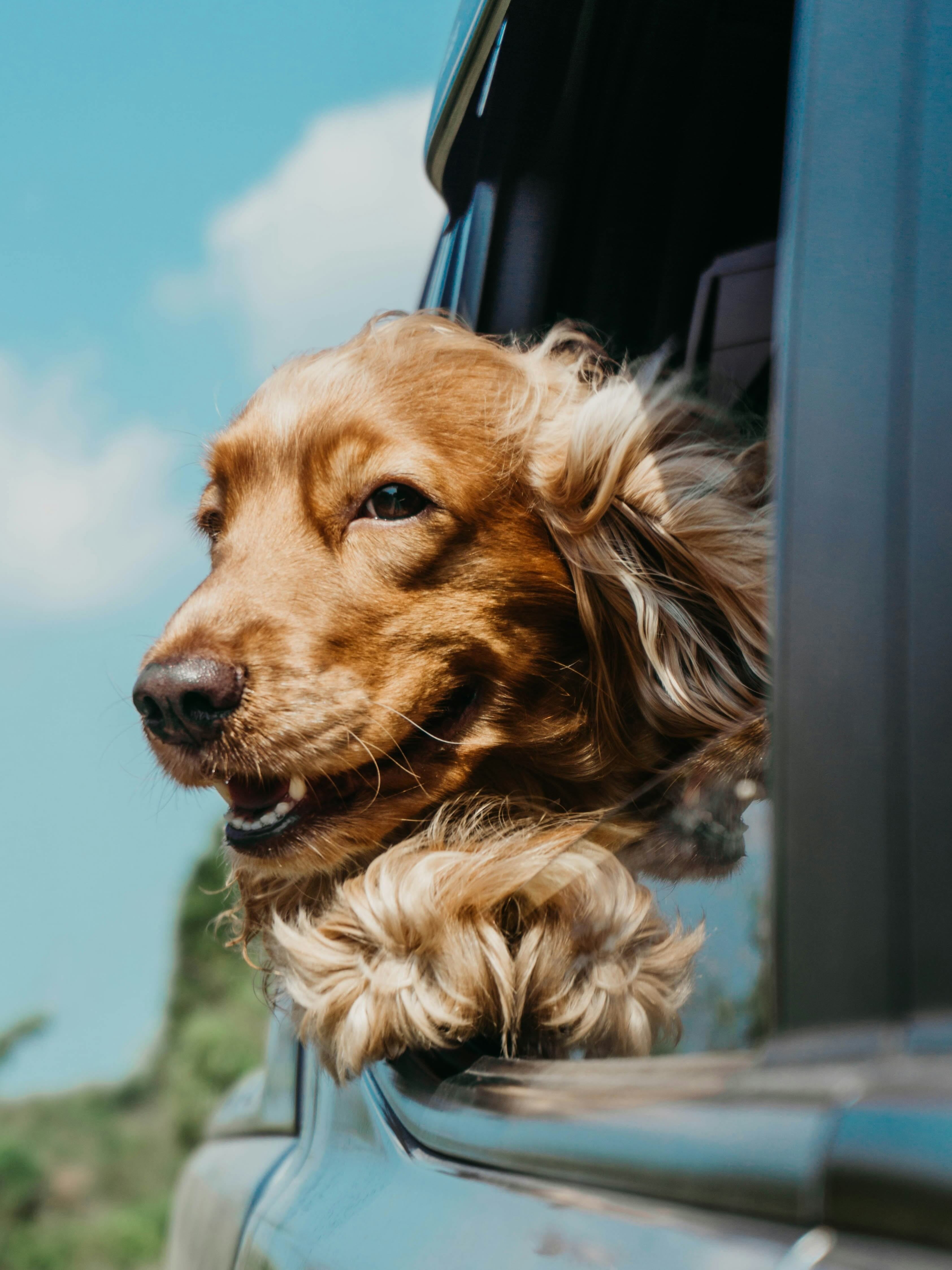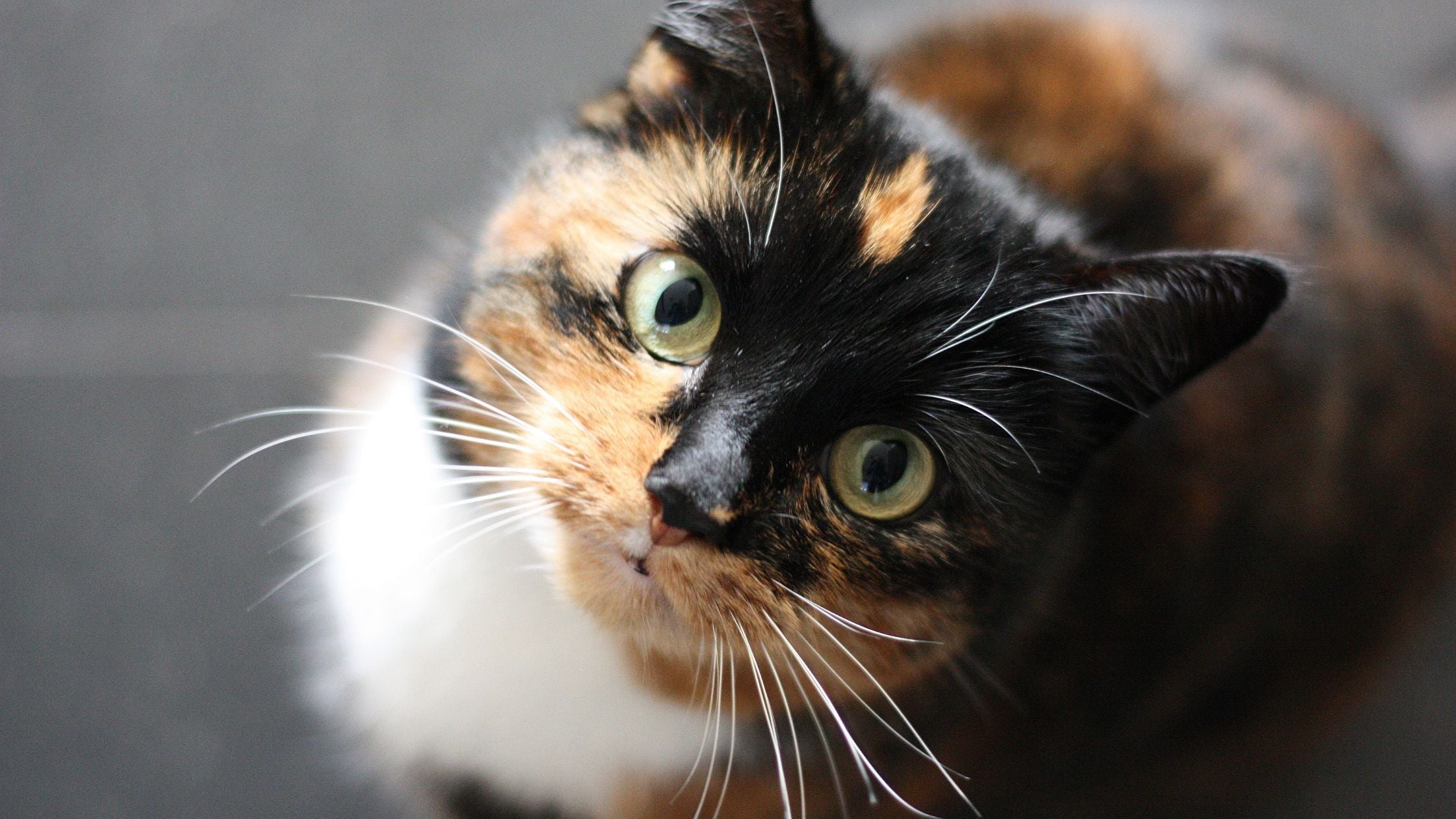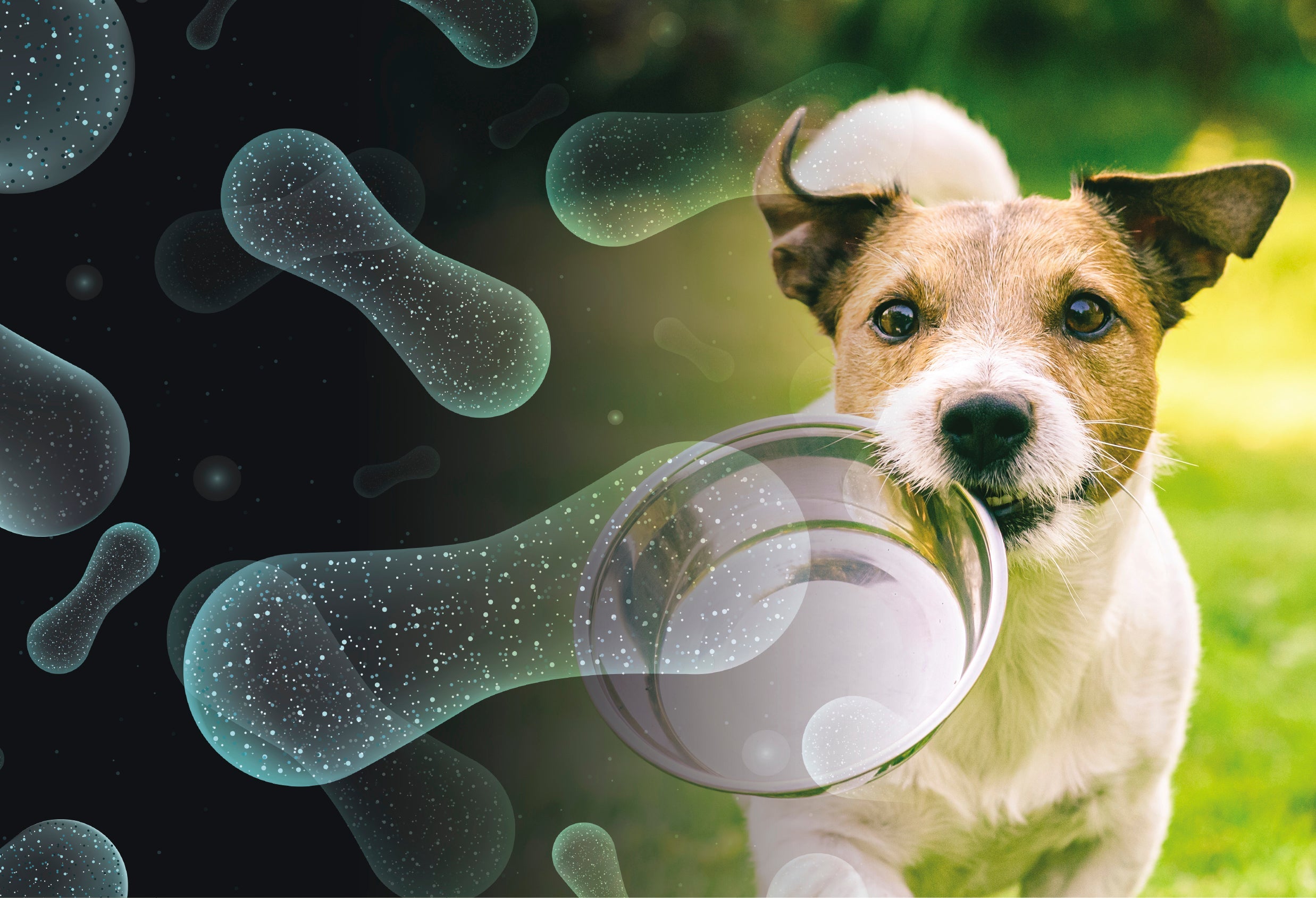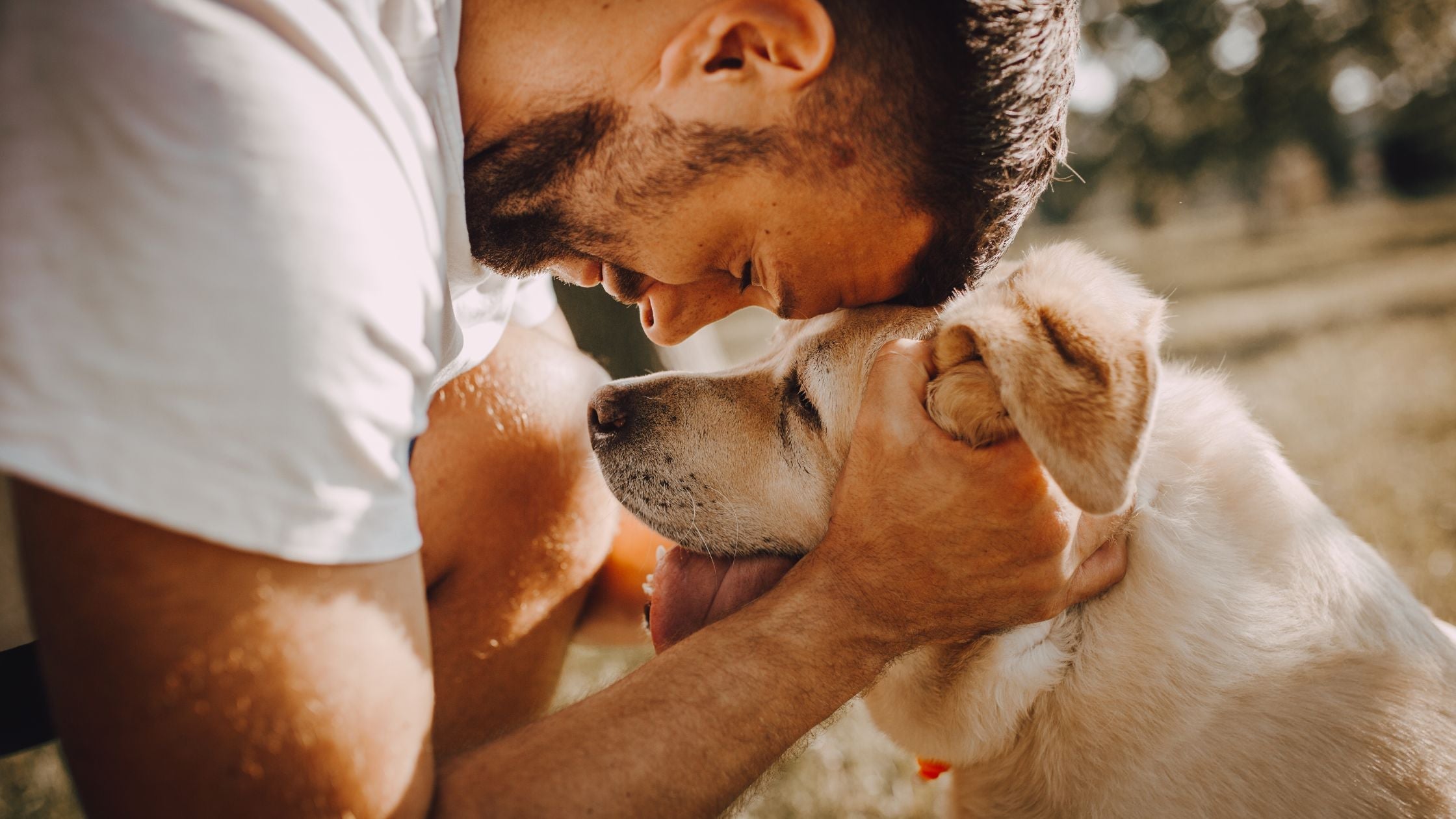A Pet Parent’s Ultimate Guide to Managing Anxiety in Pets
Understanding and managing pet anxiety is crucial for their overall well-being. This comprehensive guide details common signs of stress in pets and offers effective strategies to manage it. From creating a safe haven, regular exercise, establishing a routine, to consulting a veterinarian - there are many ways to help your pet cope with stress. Join Fera Pet Organics for healthier pet remedies and valuable pet health resources.
In the fast-paced world we live in, we’re not alone when experiencing stress and anxiety. Sometimes, our beloved pets can feel it too. Whether triggered by changes in the environment, separation from their owners, or a variety of other factors, anxiety in pets is a common concern for many pet owners.
Keep reading to learn more about recognizing the signs of a stressed pet and how you can help create a calmer and safer environment for your furry friend.
Understanding Anxiety in Pets: The Signs to Look For
1. Excessive Barking or Whining
Unusual and persistent barking or whining, especially in situations where your pet is typically calm, can be a sign of distress.
2. Destructive Behavior
Pets may engage in destructive chewing, scratching, or digging as a way to cope with anxiety. Keep an eye out for damage to furniture, doors, or other belongings.
3. Pacing or Restlessness
Restlessness and pacing are physical manifestations of anxiety. If your pet is unable to settle down and seems agitated, it may be a sign of stress.
4. Hiding or Avoidance
Some pets may withdraw and seek hiding spots when anxious. If your pet is consistently avoiding interactions or isolating themselves, it's worth investigating the cause.
5. Changes in Appetite
Anxiety can impact your pet's eating habits. Look for changes such as loss of appetite or, conversely, excessive eating as a coping mechanism.
6. Excessive Licking or Grooming
Compulsive behaviors like excessive licking or grooming can lead to bald patches or irritated skin. It can also be indicative of anxiety.
7. Shaking or Trembling
Visible shaking or trembling, especially in situations that don't typically trigger fear, may signal heightened anxiety.
8. Inappropriate Elimination
Is your housetrained pet suddenly using the bathroom in areas they know they’re not supposed to? Accidents in the house may be a stress response and are common in both dogs and cats.
9. Aggressive Behavior
Anxiety can sometimes manifest as aggression. If your pet becomes unusually aggressive, it's essential to address the underlying cause.
10. Excessive Panting
Dogs may pant excessively when anxious. If this occurs outside of normal situations, it could be a red flag.
11. Excessive Drooling
Increased drooling, particularly when your furry friend is not expecting food or treats, is one of the top indicators of anxiety in pets.
12. Change in Body Language
Pets are masters of body language, so pay attention to how they’re carrying themselves. Signs of stress such as flattened ears, a tucked tail, or a hunched posture can indicate that your pet is feeling uncomfortable and anxious.
10 Ways You Can Help Your Anxious Pet
There are many easy ways you can comfort your anxious friend and help them feel safer at home. While these are some of the best in my opinion, it’s important to note that these methods can’t necessarily cure anxiety in pets. However, they are great ways to manage the symptoms of anxiety and get them on the road towards feeling better.
1. Create a Safe Haven
Just like humans, pets benefit from having a safe space they can retreat to when feeling overwhelmed. Designate a quiet and comfortable area in your home where your pet can go to relax. You can make it even more personal and special by adding soft bedding, their favorite toys, and perhaps an item of your clothing to comfort them with your scent.
2. Regular Exercise
Physical activity is a natural stress reliever for both humans and pets. Ensure your pets get enough exercise through daily walks, playtime, or interactive toys. Regular exercise not only helps burn off excess energy but also releases endorphins, promoting a positive mood.
3. Establish a Routine
Pets thrive on routine, and a consistent daily schedule can provide a sense of security. Feed them at the same times each day, maintain a regular walking routine, and set aside specific playtime.
4. Socialization
Proper socialization is vital for pets, especially during their early years. Gradually expose them to different environments, people, and other animals to build their confidence. Plus, positive interactions with other pets can contribute to a well-adjusted and less anxious pet.
5. Nutritional Support
Diet plays a crucial role in a pet's overall well-being, including their mental health. Consult with your veterinarian to ensure your pet's current diet contains all the vitamins and minerals their body needs to thrive. Some pets may benefit from supplements that support calmness, such as those containing L-theanine or herbal ingredients like ashwagandha.
6. Interactive Toys and Puzzles
Boredom can be one of the top contributors to anxiety in pets. Try to keep their minds engaged with interactive toys and puzzles that stimulate their cognitive abilities. These toys not only provide mental stimulation and enrichment, but they can also help reduce stress and anxiety.
7. Calming Scents
Aromatherapy isn't just for humans. It can also have a soothing effect on our four-legged companions. Consider using calming scents like lavender or chamomile in the form of diffusers, sprays, or infused collars. Just be sure to use pet-safe products and monitor your pet's reaction to the scents.
Also, keep in mind that certain essential oils like tea tree oil and peppermint oil are toxic to pets. Don’t forget to double-check before you diffuse an oil or light a candle with essential oils.
8. Calming Shirts and Vests
Calming shirts and vests are garments specially designed to help alleviate anxiety and stress in dogs and cats. They work based on the principle of applying gentle, constant pressure to specific areas of the pet's body, creating a calming effect similar to swaddling a baby.
9. Professional Training
In some cases, professional training may be necessary to address specific behavioral issues contributing to your pet's anxiety. Positive reinforcement training methods can help modify undesirable behaviors and build trust between you and your pet.
10. Consult with a Veterinarian
If your pet's anxiety persists or worsens despite your efforts, it's crucial to consult with a veterinarian. They can rule out any underlying medical issues and provide guidance on appropriate treatment options, which may include behavior modification, medication, or a combination of both.
Join the Fera Family and Watch Your Pets Thrive
At Fera Pet Organics, we’re driven by our devotion to not just our own pets, but yours too. Join our family today and discover the combined power of Eastern and Western medicines in pet supplements you can trust.
Subscribe to our e-newsletter now and you’ll receive more pet health tips from our blog, exclusive deals on nutritious pet supplements, and more.
Sources:

